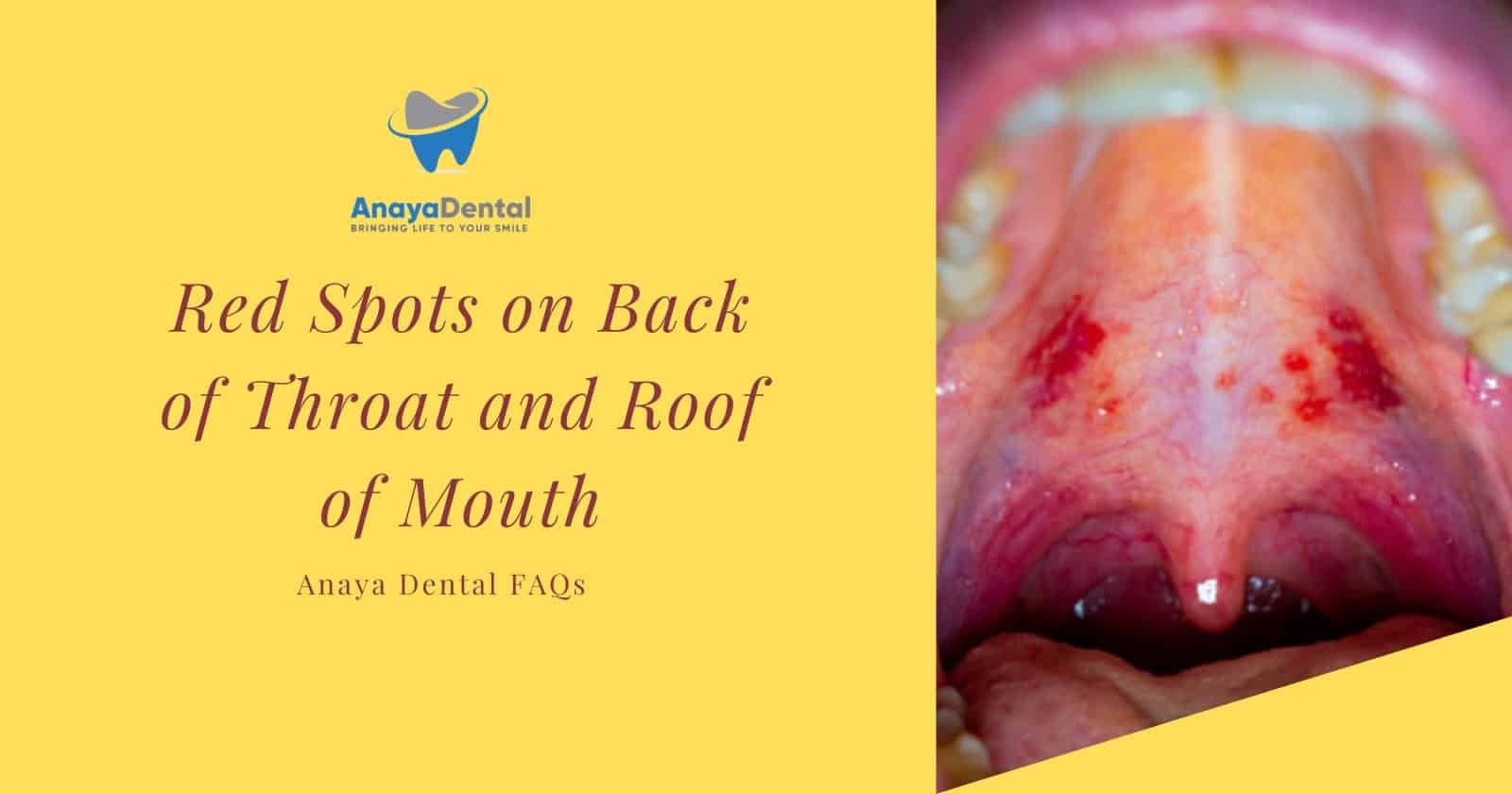
Wait—Spots Up There?
Have you ever looked in the mirror and just… paused? Maybe it was after brushing your teeth, or while chewing that third slice of pizza. And then you spotted them: tiny (or sometimes, not-so-tiny) red spots on the roof of your mouth. Not exactly a mood-boosting find, right? Let’s just get real—red spots on roof of mouth pictures can look scarier than they actually are.
But hey, your brain goes there. Is it just a fleeting thing? Is it, uh, contagious? Did I burn myself and forget, or—is this serious? If you’re here, you’re probably searching pictures, hoping to match what’s in your mouth with something online. Been there.
Okay, But Why Are There Red Spots?
Here’s the truth: mouths go through a lot. Hot coffee, crunchy toast, spicy snacks, and the daily chaos of life. According to research on causes of red spots, the most common reasons are usually simple. Burns from hot food? Yes. Accidentally whacking your palate with a chip? That’ll do it. Even aggressive brushing, sharp fillings, or ill-fitting dental gear can spark irritation up there.
I once chomped a tortilla chip too hard and—yep, red patch the size of a pencil eraser. Looked gnarly, but faded in days.
What Else Can Cause These?
Injuries are super common, but they’re not the whole story. Red spots on roof of mouth pictures sometimes point to other stuff:
- Canker sores – Little ulcers that come and go (painful, but not contagious).
- Viral or bacterial infections – Sometimes linked to sore throats, like strep.
- Fungal infections – Ever heard of oral thrush? It’s when yeast overgrows, often after antibiotics.
- Allergic reactions – New toothpaste, mouthwash, or even foods can cause a flare.
- Autoimmune stuff or vitamin deficiencies – Not super common, but possible.
Curious about how these look? Jump over for Viral infection in mouth pictures—it’s weirdly satisfying (and reassuring) to see what you’re dealing with.
Personal Anecdote: Oops, That Wasn’t Just Spicy Food
I’ll never forget the panic last year during all the “red spots roof of mouth COVID” talk. I had a sushi night, woke up the next day with sore red dots, and thought, “Oh no, is this it?” After about two anxious days and a ton of googling, I realized it was a soy sauce allergy flare-up. Swapped sauces, spots were gone.
Seriously—Should I Worry?
99% of the time, red spots on the roof of your mouth are basically your body healing itself. But, listen: if they stick around for more than two weeks, get bigger, bleed, or you get other weird symptoms (like a fever that just won’t quit, or trouble swallowing), don’t play the waiting game. Get someone with real medical letters next to their name to check things out.
If you’re like me and the word “biopsy” freaks you out, don’t jump there right away. But also don’t ignore persistent, unexplained sores. Early checks are always better than late regrets.
Is It an Infection?
Here’s where things can get trickier. Viral and bacterial infections are big players. Stuff like strep throat—ever had those angry red dots at the back of your throat, plus a fever and maybe those sandpapery red spots on your palate? That can be strep (research on strep throat signs). Sometimes mono (yep, the “kissing disease”) can bring spots too.
And don’t even get me started on COVID-19, which—believe it or not—has sometimes been linked to Red spots roof of mouth COVID. If you’ve got spots plus loss of smell or recent exposure, you might want to check the latest guidelines.
Table: What’s Behind Those Spots?
| Possible Cause | What It Looks Like | Other Clues? | Heals On Its Own? |
|---|---|---|---|
| Burns or injuries | Red bumps/patches, sore to touch | History of hot/spicy food, sharp bite | Usually in a week |
| Canker sore | Red circle, white/yellow center | Painful, no fever | 7–10 days |
| Fungal (thrush) | Red spots, sometimes white patches too | Recent antibiotics, dry mouth | Needs meds |
| Strep/Mono | Bright red spots (petechiae) | Fever, sore throat | Needs doctor |
| COVID-19 | Red/purple dots, sometimes faint | Loss of taste/smell, cough | Follow guidelines |
| Allergy | Itchy red patches | New food/paste, swelling | If you remove the trigger |
| Erythroplakia* | Velvety, bright red spots/patches | Over 40, smokes, doesn’t heal | Needs biopsy |
*Erythroplakia is less common but get it checked, just to be safe. (Learn more from Cleveland Clinic’s deep dive.)
Picturing What You Can’t See
Sometimes words just…aren’t enough, right? That’s why so many people (self-identified WebMD doom scrollers, represent!) search for red spots on roof of mouth pictures, hoping to match their own. Visual guides help us understand if what’s going on is totally normal or a “maybe I should call somebody” moment.
If you want to see what common mouth infections look like, Viral infection in mouth pictures is honestly a pretty handy link for real-life visual references.
What Do These Pictures Usually Show?
Spoiler alert: most red spots on the roof of your mouth look impressively harmless in pictures. From tiny speckles after too-hot coffee, to small inflamed dots from a rogue taco shell, the “scary” images online can look way worse than what you see in your own mouth.
You’ll sometimes spot:
- Clustered red dots (like mini freckles)
- Patches that look almost bruised
- Tiny sores with a pale center (canker style)
- Larger, velvety red “islands”—these are much rarer, but good to know (erythroplakia, see above)
It’s normal to compare and still feel unsure. But if your spots match run-of-the-mill irritation or canker pics… odds are you can relax a little.
My Pizza-Burn Story (Yes, Again)
I know, I know—second mention. But it’s a classic. One late night (too much Netflix, too little patience), I inhaled a hot slice and instantly regretted it. Next day, mirror check: red blister and a tiny sore. Dr. Google wasn’t exactly comforting, but one look at validated photos and I realized—hey, this is a common burn, not some dramatic, rare syndrome.
Beyond Spots: Is There Something Bigger?
So, here’s what a lot of folks won’t say right away: sometimes, these red spots are waving at you because something bigger is going on. Most of the time, body heals itself. But occasionally, these spots are the tip of the iceberg.
For example, persistent red spots—especially velvety or oddly shaped patches—can hint at pre-cancerous changes (that word again, erythroplakia), or signal things like Red spots roof of mouth COVID in our modern world. Long-term smokers or people over 40, heads up: don’t skip your annual dental check just because it’s “probably nothing.”
Stress and Spotty Mouths… Connected?
True story: I’ve had more random mouth flare-ups during stressful months than good ones. Stress can lower your mouth’s defenses, and suddenly—boom—tiny spots. It’s your body’s way of saying, “Maybe chill for a second?” At least that’s my theory (and, apparently, some dentists agree).
What About Vitamin Shortages?
Yep, being low on things like B12, folate, or iron can make your mouth cranky. Sore red spots may pop up if you’re lacking some basics in your diet. If you’re eating cereal for every meal, consider beefing up your nutrients!
Action Time: What Should You Actually Do?
All roads lead to “don’t panic, but don’t ignore.” Here’s the advice I’d give my best friend, sitting on my couch, mug of tea in hand:
- Don’t jump to worst-case scenarios. Most red spots vanish within 7–14 days.
- Avoid hot, spicy, or overly acidic foods while your mouth is healing (hot sauce isn’t your friend right now).
- Try a gentle saltwater rinse once or twice a day. That’s grandma’s advice and surprisingly effective.
- If you recently started new toothpaste or mouthwash, stop for a bit and see if anything changes.
- If you smoke or chew tobacco, now’s a great time to reconsider. Your mouth will thank you more than you know.
- Take a look at your medication list. Antibiotics and steroids can trigger yeast growth, leading to those angry red-and-white spots.
- For viral or bacterial suspects (fever, sore throat, general “blah” feeling), get checked. Especially if strep or mono are going around your area.
If nothing’s improving in two weeks, things are getting worse, or pain is through the roof (pun intended), call your dentist or doctor—especially if you suspect Red spots roof of mouth COVID might be relevant for you.
And When Should You Really Worry?
- Spots last longer than two weeks
- They bleed, feel lumpy, or spread
- You have trouble swallowing or breathing
- Other odd symptoms—weight loss, night sweats, unhealing sores
This is less about raising alarm, more about empowering you to listen to your body and act soon if it doesn’t fix itself.
Straight Talk: Don’t Let Your Mind Spiral
You’re not alone—half the planet stares at red spots in their mouth at least once. (Well, okay, that’s not a hard stat, but still.) The key takeaway is this: most are a passing inconvenience, not a dangerous omen.
If you’re still worried, take a picture with your phone. That way, you can show your dentist exactly what’s going on if things don’t change. Plus, you can compare it with helpful Viral infection in mouth pictures to see if you’re in the safe zone.
Conclusion: Mouth Peace of Mind
I get it—mouth problems are anxiety-inducing. They feel weird, look weird, and sometimes put a damper on your favorite meals. Here’s the good news, though: in most cases, those red spots on the roof of your mouth are just your body dealing with tiny everyday dramas or little injuries, and not major warning signs. If you keep an eye on them and give your mouth a little TLC, most just disappear on their own.
But—and it’s an important but—don’t ignore anything that feels off or sticks around. Your gut is smarter than you think. Rely on helpful resources, visualize with red spots on roof of mouth pictures if you need reassurance, and stay curious without spiraling into panic. You’re already empowered; all you need is a little action and kindness to yourself.
Go ahead, finish that coffee (just maybe let it cool next time), smile, and know you’re way more in control than it feels right now. Here’s to healthy, worry-free mouths!

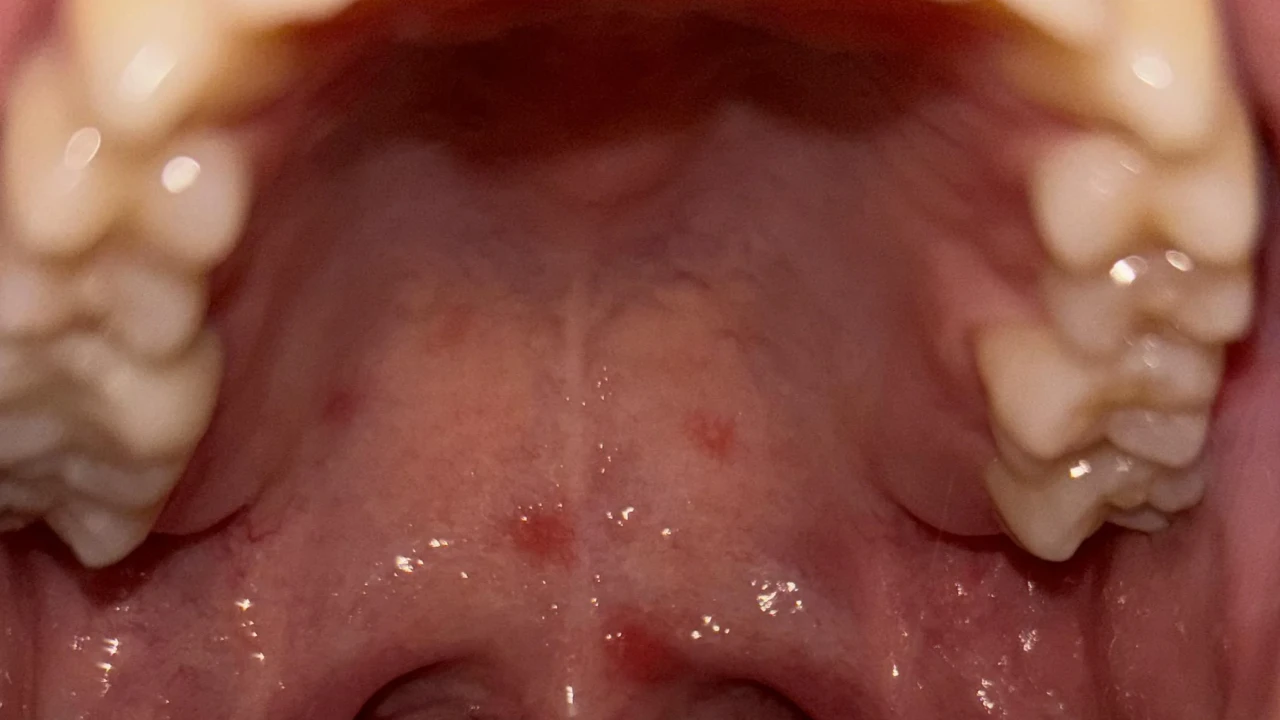

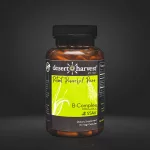
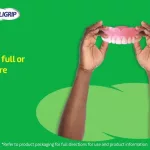


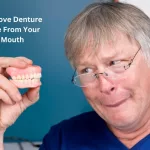

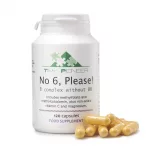
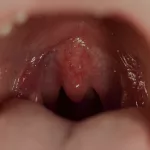
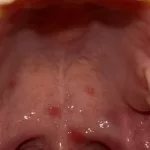
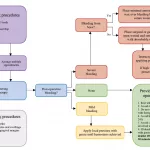
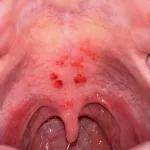
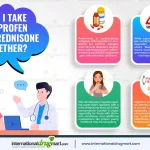
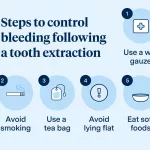


Leave a Reply
You must be logged in to post a comment.